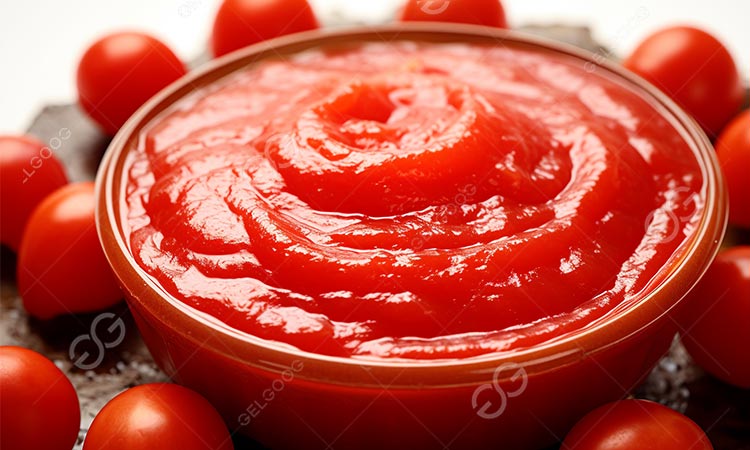How Does Tomato Sauce Get Made?
Tomato sauce is a condiment made primarily from fresh tomatoes through processes such as crushing, concentrating, and sterilization. Here we will explain how does tomato sauce get made.

Main production steps of tomato sauce
1. Raw material selection and cleaning
The first step in tomato sauce production is selecting high-quality, ripe tomatoes. The quality of the raw materials directly determines the taste and color of the finished product. Generally, tomatoes should be bright red and have thick flesh. The tomatoes are then washed multiple times using a washing machine to remove impurities and ensure the hygiene of the raw materials.
2. Crushing, pulping, and filtration
The tomatoes are processed in a crusher to break down the pulp, facilitating subsequent separation. Then, they enter a pulper to obtain a fine tomato pulp and separate the skin and seeds.
3. Concentration
Tomato puree has a high water content and needs to be concentrated using a vacuum concentrator to achieve the required solids content (generally 28%-30% or higher). Vacuum concentration evaporates water at lower temperatures, effectively preserving the natural color and flavor of the tomato sauce.
4. Sterilization and degassing
Before bottling, the concentrated tomato sauce undergoes degassing to remove trapped air and prevent oxidation and discoloration. It is then subjected to high-temperature flash sterilization to ensure the product's microbiological safety and extend its shelf life.
5. Filling and sealing
After sterilization, the tomato sauce is filled under aseptic conditions, and various packaging forms such as bags and bottles can be selected.
Precautions for tomato sauce processing:
Hygiene standards: Processing equipment, pipes, and storage tanks must be cleaned and disinfected regularly to prevent bacterial growth.
Temperature control: Excessive temperature during heating and concentration will destroy lycopene, affecting the sauce's color; insufficient temperature will result in low concentration efficiency and promote bacterial growth.
Aseptic filling: The filling workshop must maintain a clean environment to prevent secondary contamination.
Furthermore, due to differences in climate, cultivation methods, tomato varieties, and consumption habits around the world, the processing technology for tomato paste will also vary. We can provide customized tomato sauce processing solutions to meet the diverse market demands and production requirements of our clients.
